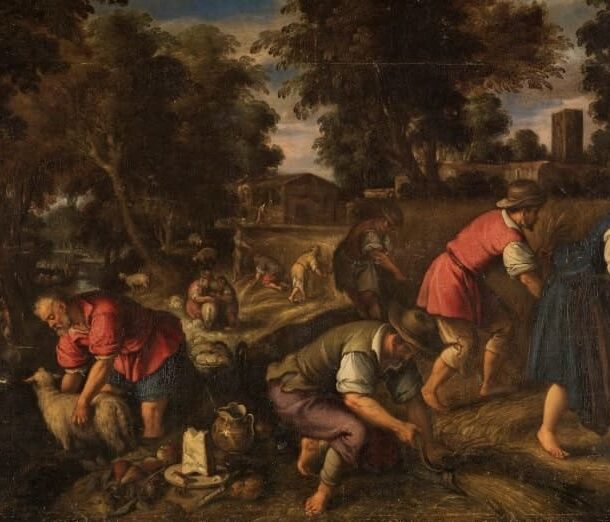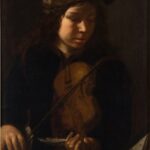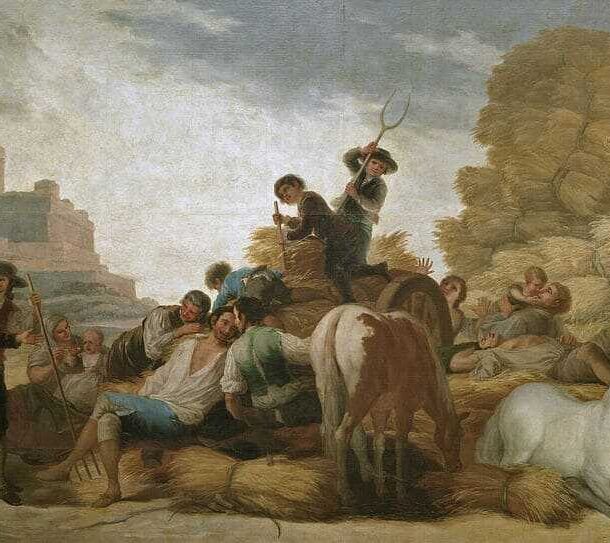
This anonymous 17th-century work, recovered from the Alcázar fire of 1734, has been linked to Carel Fabritius and even to Rembrandt, as well as to various other authors. This Caravaggist scene depicts a young man playing the violin, a stringed instrument that requires a bow to produce a sound (unlike other instruments such as the guitar or harpsichord). The musical profession, which can be considered a liberal art, requires complex study in terms of composition and interpretation, knowing how to locate the notes on a fingerboard that does not have intervals like the guitar (frets). One of the peculiarities of the violin is the way it is positioned when playing the sound, standing close to the ear to clearly perceive the sound and its tuning. Churches were, in the 17th century, together with court environments, the spaces with the greatest musical production.
Collection: Images
Project: 11. Science and culture as representation in Europe.
Chronology: XVII
Scope: Secondary Education, Baccalaureate, University
Resource type: Image
Format: Oil on canvas (65 x 49 cm)
Source: Museo del Prado (Madrid)
Language: Spanish
Date: 17th century
Owner: Álvaro Romero González (Modernalia)
Identifier: P002162
Copyright: Museo del Prado (Madrid)
Abstract: Young anonymous 17th-century violinist
Image
Tags






